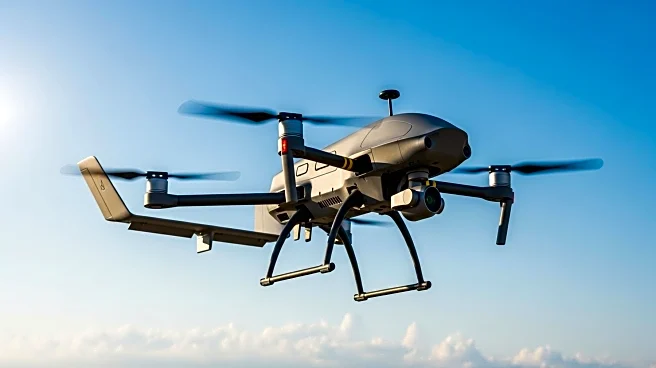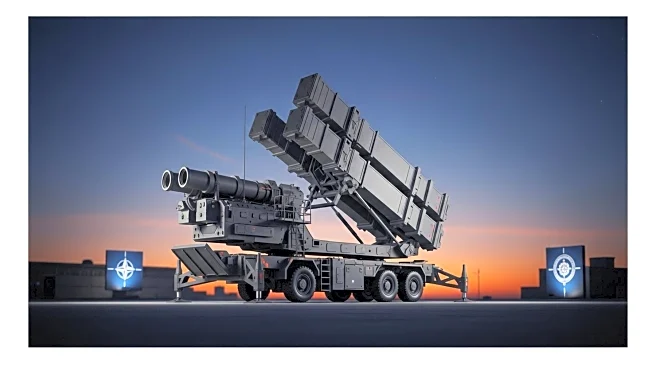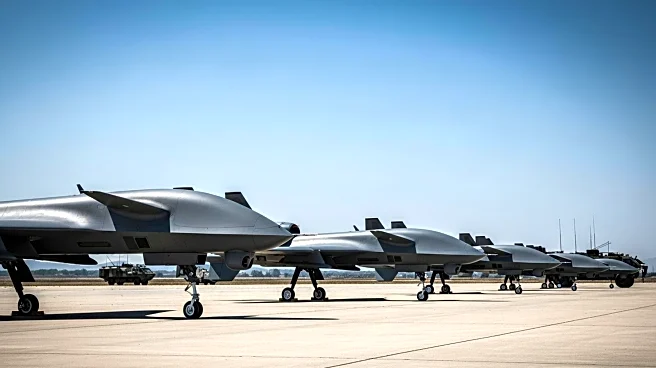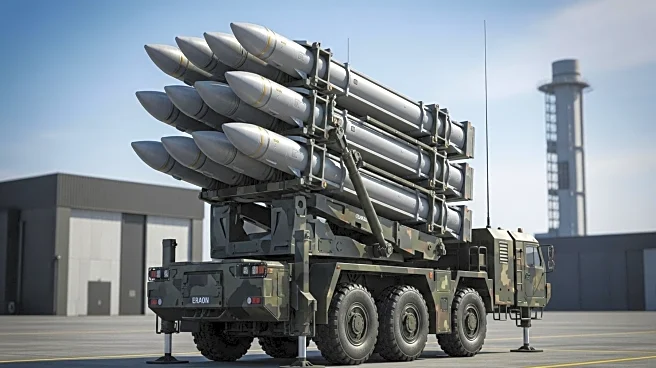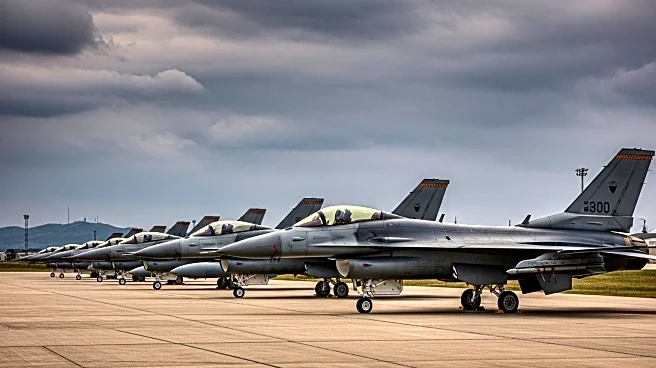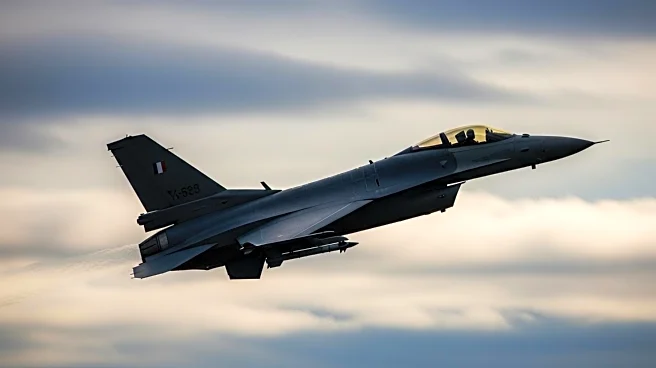What's Happening?
Ukraine has achieved a significant milestone by delivering over one million drones to its military units since January, with expectations to double this number by the year's end. Despite this achievement, the use of drones has not secured air superiority in the ongoing conflict with Russia. U.S. and NATO forces are focused on maintaining air superiority, a challenge exacerbated by the rapid deployment of drones by smaller militaries. Ukraine's innovative contracting procedures have allowed frontline commanders to source drones directly from manufacturers, speeding up the acquisition process. The U.S. Defense Innovation Unit is taking note of Ukraine's approach, aiming to accelerate its own drone development and procurement processes.
Why It's Important?
The widespread use of drones in Ukraine underscores a shift in modern warfare, where technology plays a crucial role in military strategy. While drones can prevent defeat by eroding an opponent's advantage, they do not necessarily secure victory. This development highlights the need for the U.S. and NATO to adapt their strategies to maintain air superiority. The democratization of technology, making it cheaper and more accessible, is changing the landscape of military capabilities, posing challenges for traditional defense systems.
What's Next?
The U.S. is expected to continue investing in digital infrastructure and exploring ways to integrate artificial intelligence across the Defense Department. The focus will be on developing next-generation platforms that combine manned and unmanned systems to maintain air dominance. Ukraine's approach may influence future U.S. military procurement strategies, emphasizing speed and innovation.
Beyond the Headlines
The rapid technological advancements in drone warfare raise ethical and strategic questions about the future of military engagements. The democratization of technology could lead to more conflicts where traditional military advantages are diminished, requiring new approaches to international security.
